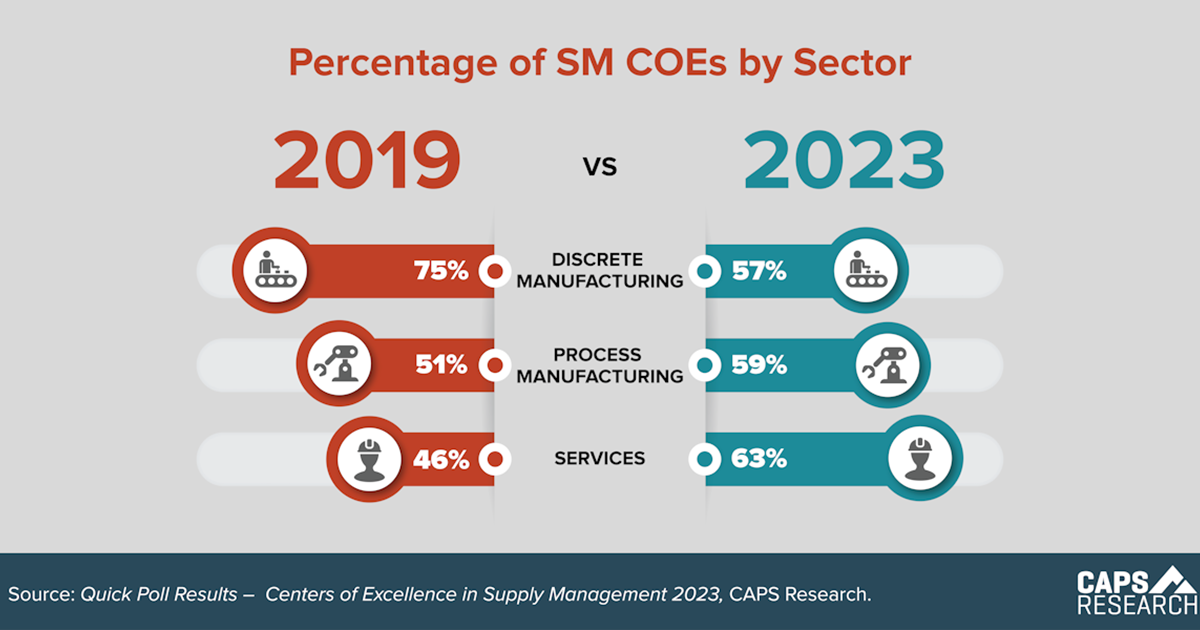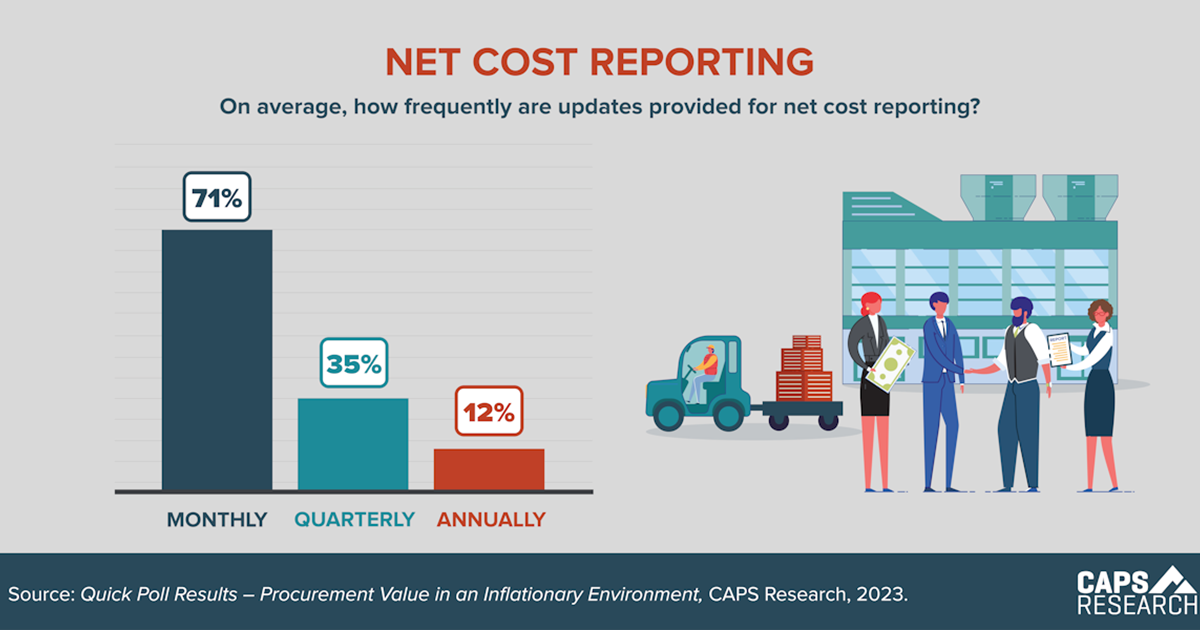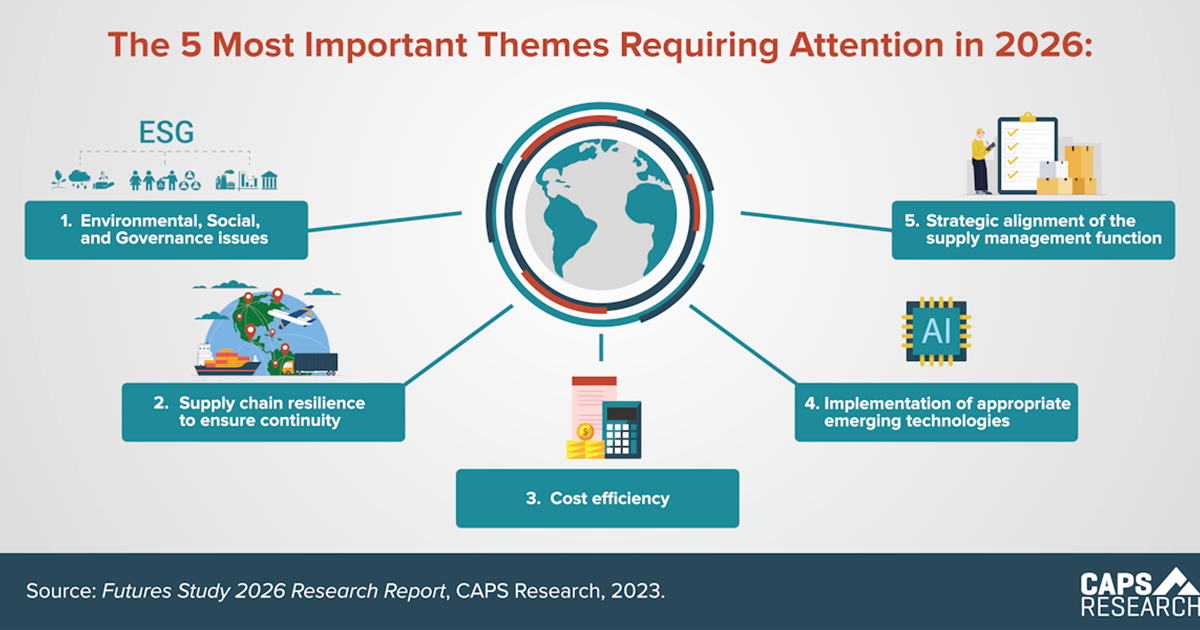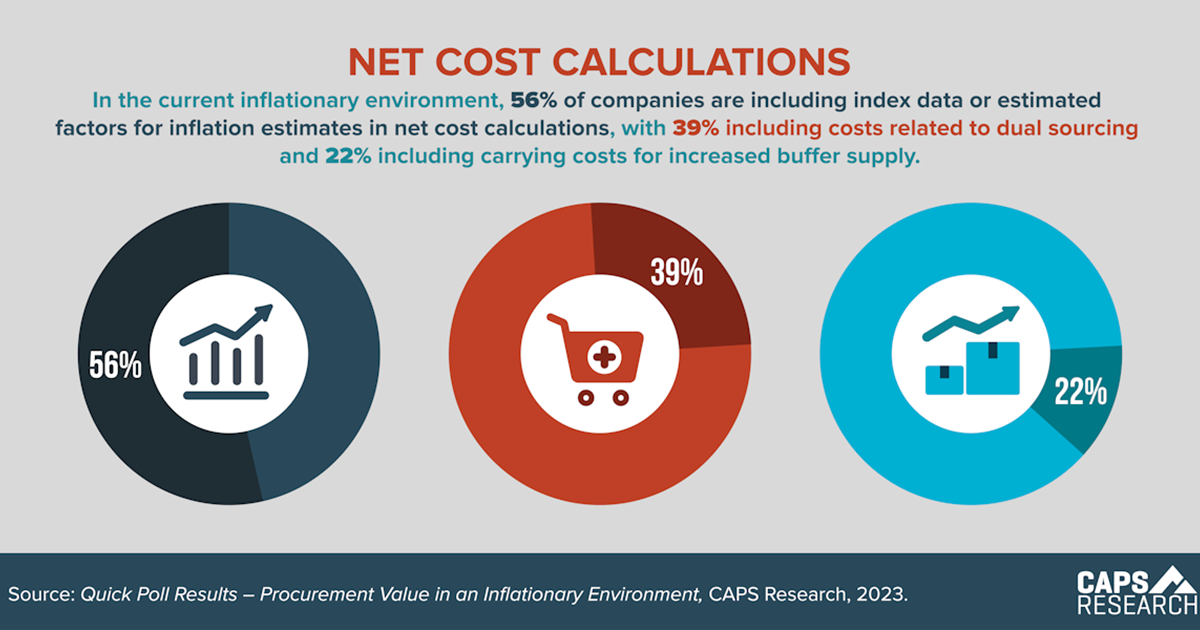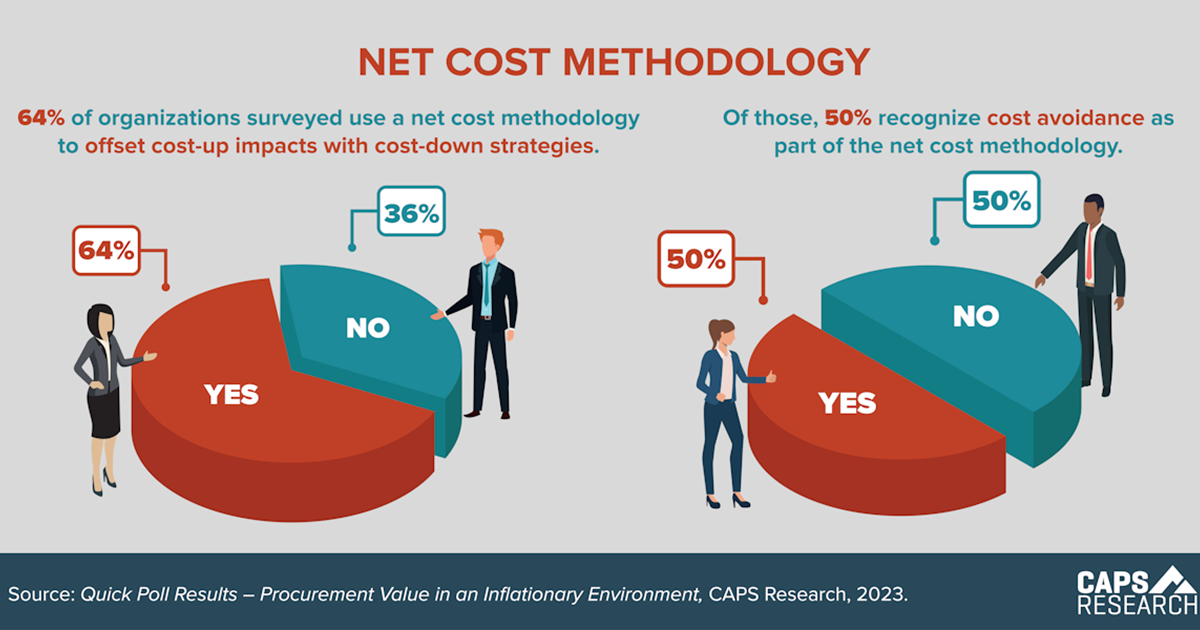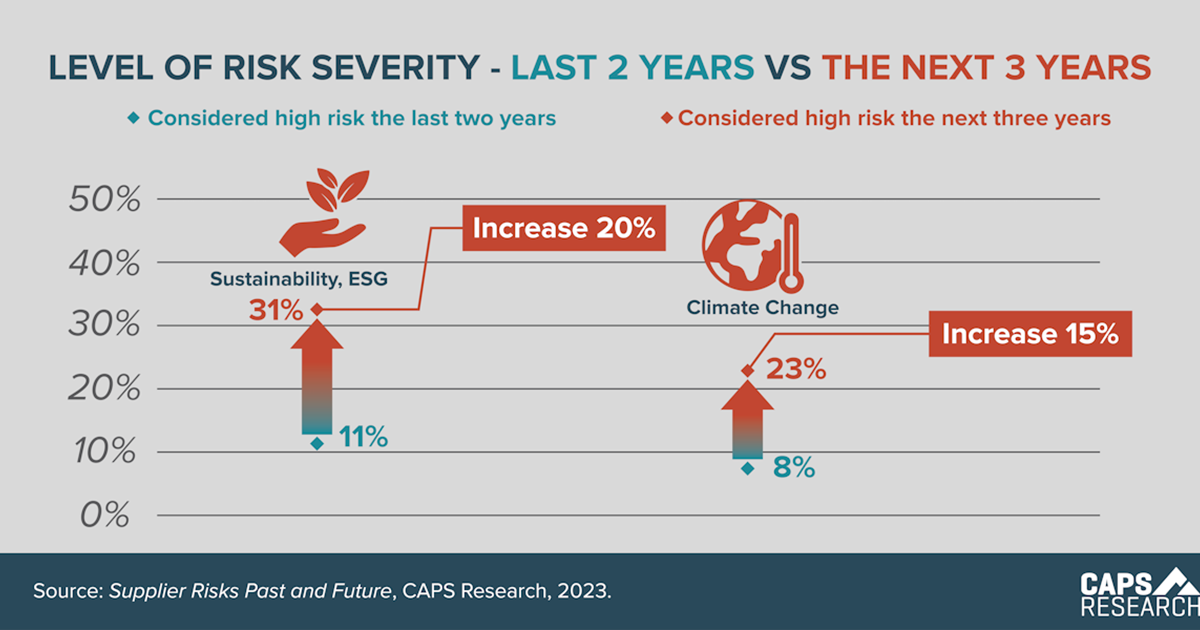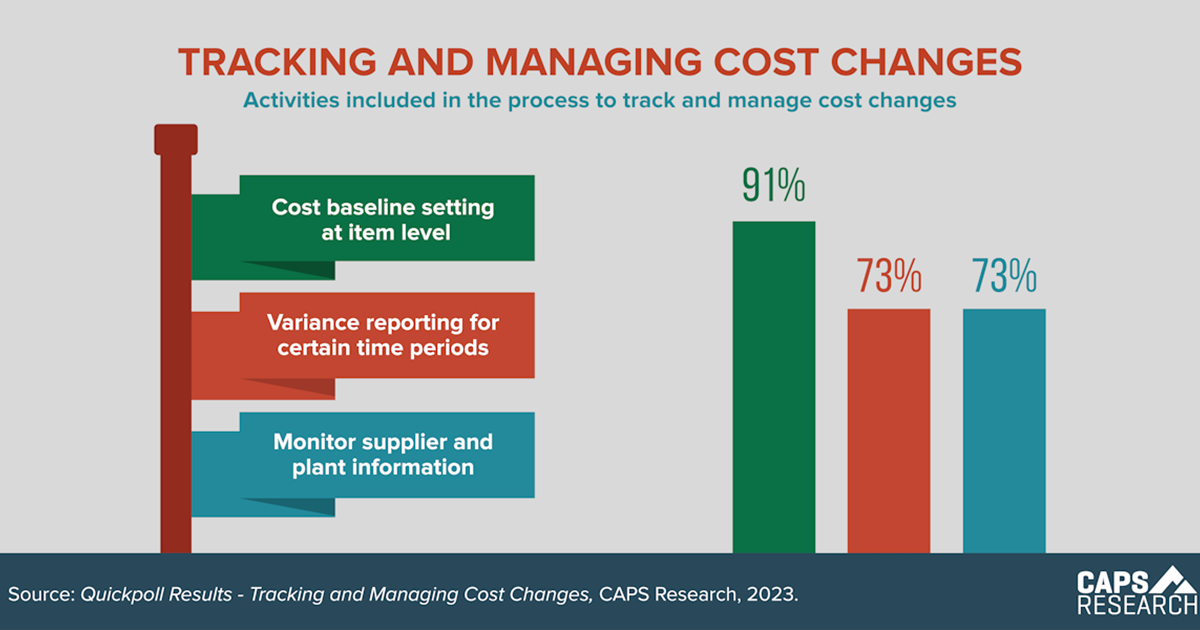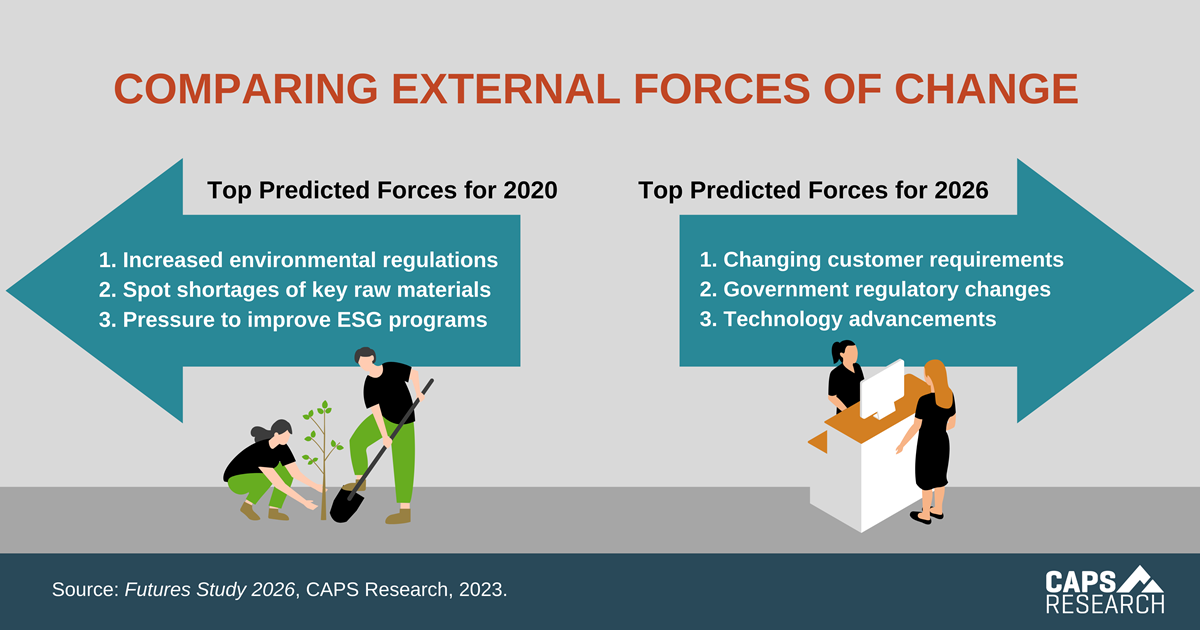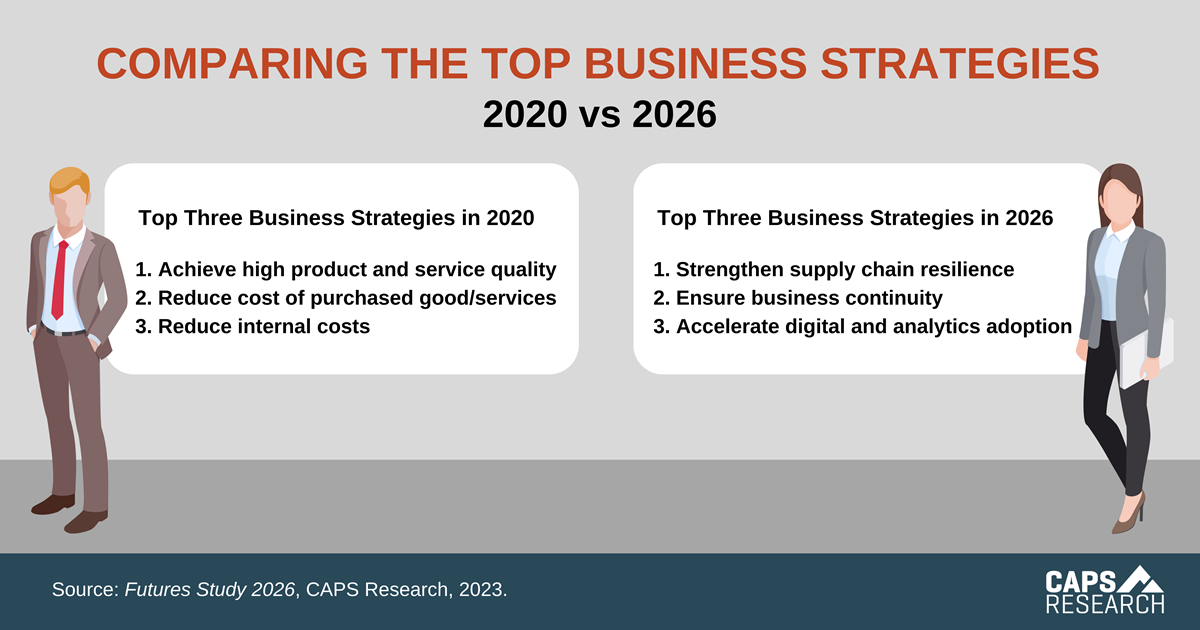Over the past 4 years, the percentage of Supply Management Centers of Excellence (SM COE) in Discrete Manufacturing has decreased, while increasing in Process Manufacturing and Service Sectors.
Net Cost Reporting
On average, 71% of companies surveyed provide monthly updates for net cost reporting, while 35% update quarterly and 12% update annually.
Top 3 Reasons for SM COEs
In 2023, the top 3 reasons companies create and use Supply Management Centers of Excellence (SM COE) are to drive standardization, best practices, and skill building.
5 Most Important Themes in 2026
According to almost 200 supply chain executives, the 5 most important themes requiring attention in 2026 will be ESG, supply chain resilience, cost efficiency, implementation of technologies, and strategic alignment.
Net Cost Calculations
In the current inflationary environment, 56% of companies are including index data or estimated factors for inflation estimates in net cost calculations, with 39% including costs related to dual sourcing and 22% including carrying costs for increased buffer supply.
Net Cost Methodology
64% of supply chain organizations surveyed use a net cost methodology to offset cost-up impacts with cost-down strategies. Of those, 50% recognize cost avoidance as part of the net cost methodology.
Level of Risk Severity
Across industries, 65 global companies increased the severity of future supplier risks for sustainability and climate change over the next three years, indicating a higher focus on environmental issues and their impact on supply chain disruptions.
Tracking and Managing Cost Changes
91% of companies use a cost baseline while 73% use variance reporting and monitor supplier and plant information for tracking and managing cost changes.
External Forces of Change
Changing customer requirements, government regulations, and tech advancements are top predicted forces driving change for 2026.
Top Business Strategies
Strengthening supply chain resilience is the top business strategy the supply management profession is expected to adopt between now and 2026.
Non-members can receive the report of each survey they submit.
Members can access all reports, but are encouraged to submit surveys to
increase the comparative breakouts only they receive.
